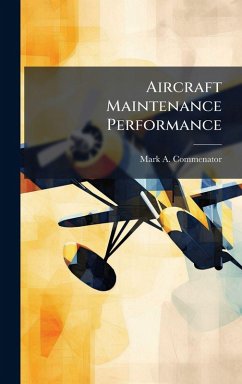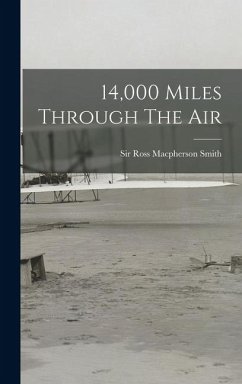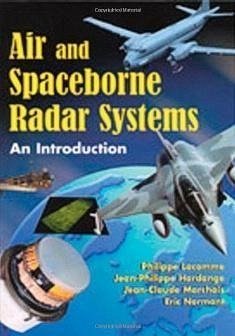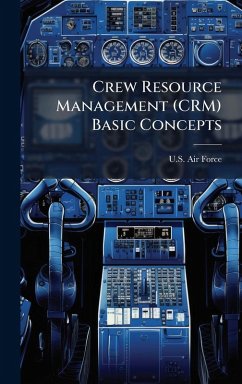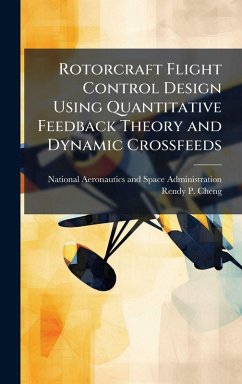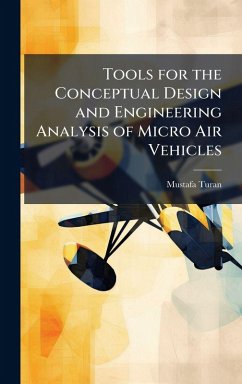
Gaining Efficiencies in Air Traffic Control Through Leveraging New Radar Technology
Versandkostenfrei!
Versandfertig in über 4 Wochen
26,99 €
inkl. MwSt.
Weitere Ausgaben:

PAYBACK Punkte
13 °P sammeln!
This paper discusses how leveraging new radar technologies in the USAF Air Traffic Control (ATC) arena can produce significant gains in efficiencies. The USAF, in conjunction with the Federal Aviation Administration (FAA) and other Department of Defense (DoD) services has procured a new radar system for ATC called Standard Terminal Automated Replacement System (STARS). This new STARS system has a unique ability to take radar feeds from multiple non-contiguous ATC regions and combining them into one co-located USAF ATC radar approach facility. This technology for combining ATC radar facilities ...
This paper discusses how leveraging new radar technologies in the USAF Air Traffic Control (ATC) arena can produce significant gains in efficiencies. The USAF, in conjunction with the Federal Aviation Administration (FAA) and other Department of Defense (DoD) services has procured a new radar system for ATC called Standard Terminal Automated Replacement System (STARS). This new STARS system has a unique ability to take radar feeds from multiple non-contiguous ATC regions and combining them into one co-located USAF ATC radar approach facility. This technology for combining ATC radar facilities allows for efficiencies and enhances in manpower and infrastructure costs in garrison as well as tactical operations. Headquarters for Air Combat Command notionalized this concept as an effort to address critical manpower shortfalls in the ATC career field. We created the concept and worked with USAF leadership to implement combining Minot Air Force Base's radar approach control at Ellsworth Air Force Base. This paper discusses ACC's initiative at Minot and Ellsworth, to include the issues with the ATC career field that brought about this, at the time, notional concept, and efficiencies that can be garnered through implementation of this new operational concept on a larger scale. This work has been selected by scholars as being culturally important, and is part of the knowledge base of civilization as we know it. This work was reproduced from the original artifact, and remains as true to the original work as possible. Therefore, you will see the original copyright references, library stamps (as most of these works have been housed in our most important libraries around the world), and other notations in the work. This work is in the public domain in the United States of America, and possibly other nations. Within the United States, you may freely copy and distribute this work, as no entity (individual or corporate) has a copyright on the body of the work. As a reproduction of a historical artifact, this work may contain missing or blurred pages, poor pictures, errant marks, etc. Scholars believe, and we concur, that this work is important enough to be preserved, reproduced, and made generally available to the public. We appreciate your support of the preservation process, and thank you for being an important part of keeping this knowledge alive and relevant.



